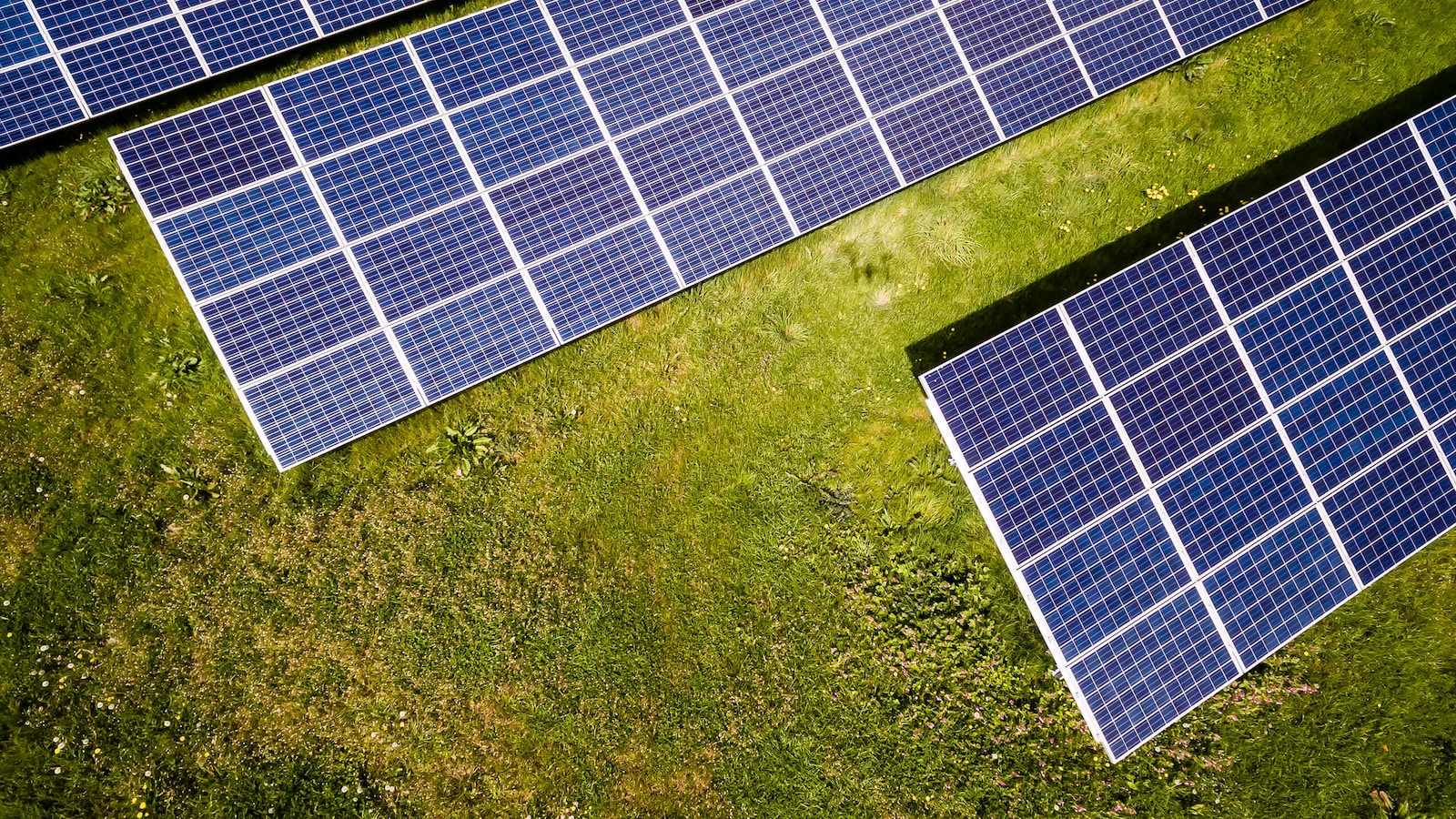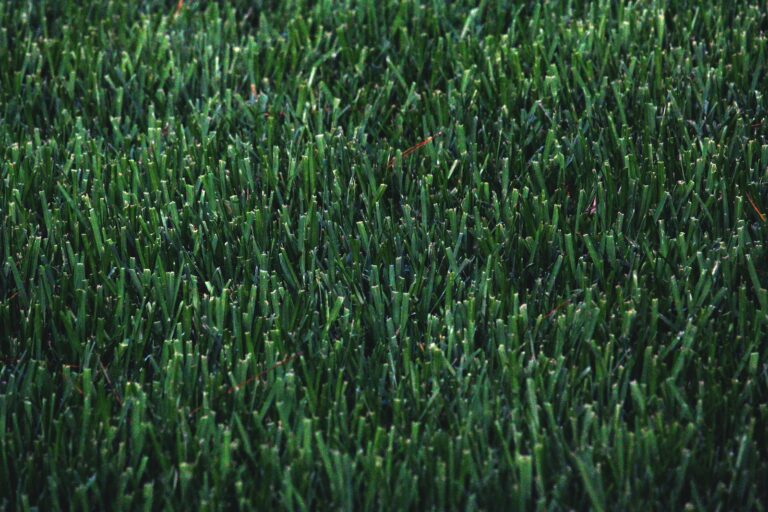How to Care for Your Lawn After Aeration

Welcome to our post on how to care for your lawn after aeration! Aeration is an essential process in maintaining a healthy and lush lawn, but it’s only half the battle. To truly reap the benefits of aeration, you need to know how to care for your lawn in the days and weeks following this vital procedure.
Our guide will show you everything you need to do after aeration so your yard can flourish into green perfection. From proper watering techniques to fertilization tips, we’ve got you covered! So let’s get started on keeping that gorgeous landscape looking its best all year long!
We’ll begin by discussing the importance of aeration, which is essentially a way to greatly improve the health of your lawn. Not only does it stimulate root growth, but it also allows much-needed nutrients and water to reach the grass blades and soil. Plus, aeration helps reduce soil compaction and can even aid in controlling thatch levels (the accumulation of dead organic matter at the surface of the soil).
Now that you understand why aeration is essential for healthy turf, let’s examine how to care for your lawn afterwards. Since aeration leaves small holes in your lawn, you will want to make sure they stay open while allowing air and moisture to reach all layers of your grass.
Introduction
The most important time to aerate your lawn is right after the grass has turned green in the spring. Aeration prepares your lawn for the growing season by allowing air, water and nutrients to penetrate the grass roots. It also helps to reduce compaction and thatch build-up.
Aeration is an important part of keeping your lawn healthy and looking its best. It helps to promote healthier root growth, reduces soil compaction, improves water absorption, and breaks down thatch. After aeration is done, it’s important to take proper care of the lawn in order to keep it looking green and lush. Proper post-aeration care includes fertilizing the lawn, overseeding the grass, applying topdressing if necessary, watering frequently and mowing regularly. Taking these steps will ensure your lawn receives all the necessary nutrients to thrive.
What is Aeration?
Aeration is the process of making small holes in your lawn to allow air, water, and nutrients to reach the roots of your grass. This helps your lawn to grow healthier and stronger. Aeration also helps to reduce thatch build-up, improve drainage, and reduce compaction.
The aeration process is usually done by using a manual or motorized tool that removes cores of soil from your lawn and deposits them back onto the lawn surface. Aeration should be done once a year, either in early spring or late fall , to ensure your lawn is healthy and vibrant throughout the summer.
Why Aerate Your Lawn?

As any lawn care professional will tell you, aeration is one of the most important steps you can take to ensure a healthy lawn. Aerating your lawn allows oxygen, water, and nutrients to reach the root system of your grass, which in turn promotes growth and helps your lawn resist disease and pests.
There are many benefits to aerating your lawn, including:
-Improving drainage
-Reducing compaction
-Promoting root growth
-Enhancing fertilizer and pesticide efficiency
-Improving heat and drought tolerance
-Reducing thatch buildup
If you want a thick, green, healthy lawn, be sure to add aeration to your regular lawn care routine!
Also, aeration is an important part of controlling lawn pests. By reducing thatch and soil compaction, you can help to reduce the number of damaging insects and diseases in your lawn. Aerating also allows beneficial microorganisms in the soil to thrive and improves water retention, helping your lawn to better resist drought conditions.
What Happens After Aeration?
After you’ve aerated your lawn, it’s important to take some follow-up steps to ensure that your lawn stays healthy and looks its best. Here are some tips for caring for your lawn after aeration:
-Water your lawn deeply and regularly. Aeration can dry out your lawn, so make sure to keep it evenly hydrated.
-Fertilize your lawn. Aeration can help Lawn achieve better fertilizer absorption, so consider applying a fertilizer designed for use after aeration.
-Mow as usual. You don’t need to change your mowing habits just because you’ve performed aeration. Just be sure not to mow immediately before or after aerating, as this can damage the newly opened holes in the soil.
How to Care for Your Lawn After Aeration
After you’ve had your lawn aerated, it’s important to take care of it so that your lawn can recover and be healthy. Here are some tips on how to care for your lawn after aeration:
-Water your lawn regularly. Watering helps the soil to heal and allows the new grass seedlings to germinate and grow.
-Maintain a moderate temperature. A warm climate is ideal for new grass growth, but too much heat can damage the roots.
-Fertilize your lawn. Fertilizing helps Grass to recover from any nutrient deficiencies caused by the aeration process. It also green up your lawn quickly.
-Mow your lawn regularly. Mowing helps new grass get established and prevents the newly aerated soil from becoming overwatered.
-Check for weeds. Weeds can take advantage of any gaps in the soil left behind by aeration. Regularly check for weeds and remove them to prevent further growth.
Watering the Lawn After Aeration

After your lawn has been aerated, it is important to water it properly in order to encourage new growth. Watering immediately after aeration will help the soil to settle and will also provide moisture to the newly exposed roots.
It is best to water your lawn deeply and less frequently, rather than lightly and more often. Deep watering encourages deep root growth, which is better for the health of your lawn. A good rule of thumb is to water for 30 minutes, three times per week.
Be sure to adjust your sprinklers so that they are not watering the sidewalk or street, and be careful not to overwater, as this can drown your grass roots and lead to problems down the road.
Fertilizing and Seeding the Lawn After Aeration
After aerating your lawn, it’s important to fertilize and seed the lawn to encourage new growth. The best time to do this is in the fall, before the first frost.
To fertilize your lawn after aeration, use a fertilizer that is high in nitrogen. This will help the new grass seedlings to grow quickly. Apply the fertilizer according to the manufacturer’s instructions.
Once you have fertilized your lawn, you can then seed it. Be sure to use a good quality grass seed mix that is appropriate for your climate and soil type. Again, apply according to the manufacturer’s instructions.
Watering is also important during this time. Be sure to keep the seeded area moist until the seeds have germinated and begun to grow. Once the grass has grown in, you can then return to your normal watering routine.
Mowing the Lawn After Aeration
After you aerate your lawn, it’s important to take care of it so that your grass can recover and grow healthy and strong. Here are some tips for mowing the lawn after aeration:
-Wait until the grass is dry before mowing. Wet grass can clump up and make it difficult to get a clean cut.
-Set your mower blade to a higher setting. This will help avoid scalping the lawn as the grass recovers from aeration.
-Be careful not to overlap your passes while mowing. Overlapping can cause bald spots in the lawn.
Alternatives to Aerating a Lawn
There are a few different ways that you can care for your lawn after aeration. You can either use a garden hose to lightly water the area, or you can use a hand-held spreader to apply a light coating of fertilizer. Additionally, you can rake the area with a thatch rake to remove any excess dirt and debris.
Lastly, overseeding the area is a great way to promote new growth and help fill in any patches or holes. The newly planted seeds will require some additional watering to help them get off to a strong start.
Conclusion
Proper lawn care after aeration is key to ensuring a lush and healthy lawn. The necessary steps of watering, fertilizing and overseeding should be taken as soon as possible after your aeration session. In addition, regular mowing and trimming will help to keep your grass at the strong enough length to support a deep root system. With these tips in mind, you’ll be sure that your newly-aerated lawn is given the best chance of success with its maintenance throughout the year!

James is a passionate writer and gardener with years of experience in home gardening. He is the author of several articles and blog posts on HomeGardenBlog.com, a platform where he shares his expertise and love for plants and gardening with the world.







